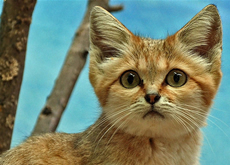demons consorted in the form of black cats with human beings.
There’s no doubt that many of the so-called witches were innocent and there’s no doubt that some of them probably did believe they were worshipping Satan. But if there was any truly innocent party, it was certainly the many cats who were exterminated for no other reason than having black coats. (A curious footnote: Pope Gregory IX was a good friend of the gentle, animal-loving Francis of Assisi.)
There’s no doubt that many of the so-called witches were innocent and there’s no doubt that some of them probably did believe they were worshipping Satan. But if there was any truly innocent party, it was certainly the many cats who were exterminated for no other reason than having black coats. (A curious footnote: Pope Gregory IX was a good friend of the gentle, animal-loving Francis of Assisi.)







